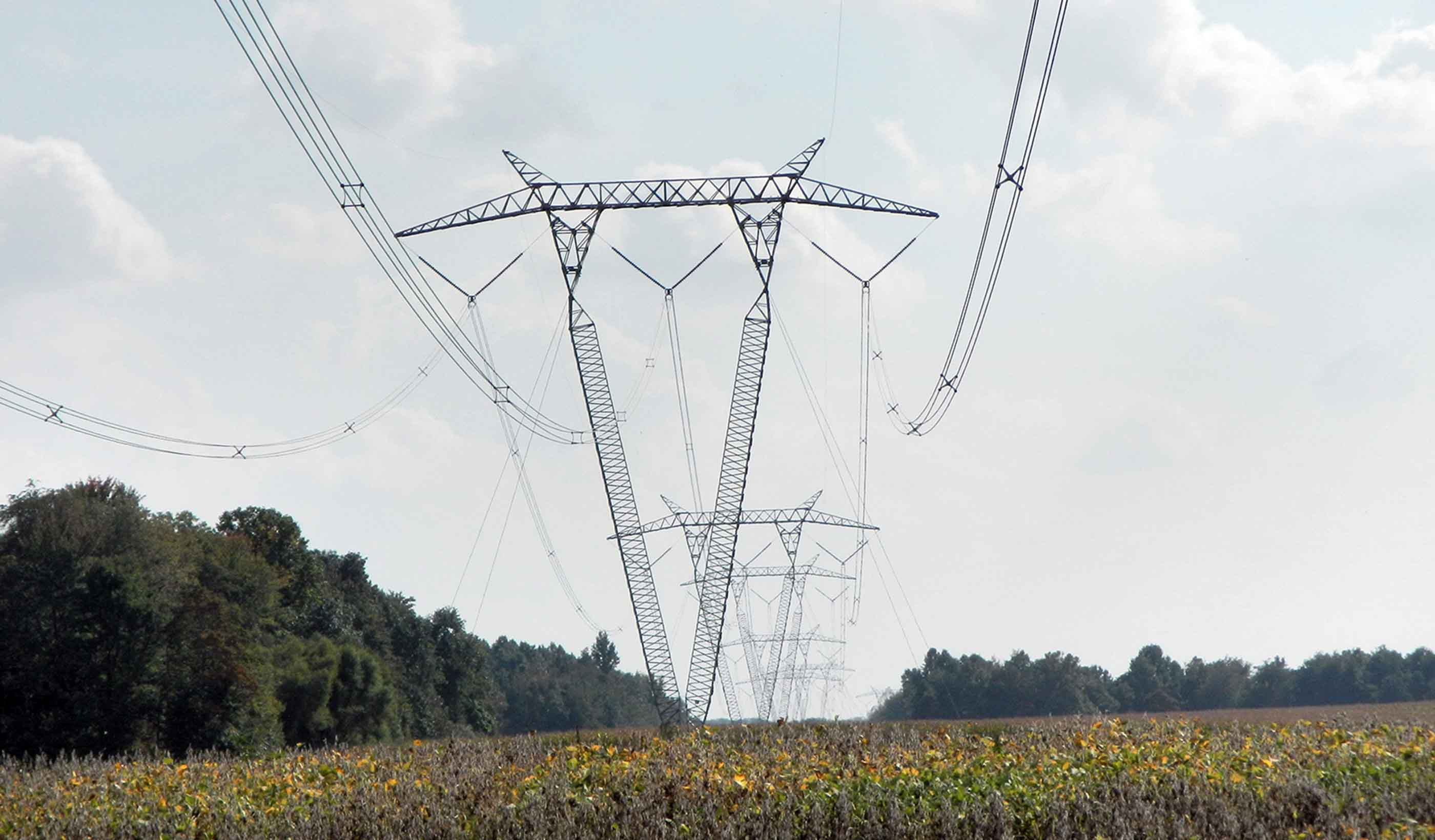Evolve or die: Why change is necessary in the transmission and distribution world
March 13, 2018
March 13, 2018
Are you keeping up-to-date on the latest industry trends and technologies? Do you have the right team to make change happen?
“It is not the strongest species that survive, nor the most intelligent, but the ones most responsive to change.” —Charles Darwin
If you operate a large company, failing to adapt to industry trends can be lethal. The long list of established companies that have met their demise because of the arrival of new technologies and/or competitors is enough to support Darwin’s statement. In fact, the main reason large companies die is because they fail to anticipate or react to new technologies; new customer demands; or competitors with innovative business models, products, and services—all of which are often linked and can cause considerable disruption to your business.
The world is changing. The reconceptualization and innovation of the transmission and distribution (T&D) market is key to scaling up your business to succeed.
Many see change as a threat. But change can be an opportunity to develop new markets and grow your business. Although challenging, change is necessary in an industry with fierce competition and fast-moving trends, such as the T&D world. Remaining ahead of the innovation game is the key to success.

Planning and implementing a growth strategy to include new technologies to your current T&D services—or to develop new related markets such as microgrids, energy storage, electric vehicles, and even Smart Cities—and expand your business before your current market flattens will not only help a business survive through tough times. It will also provide a considerable edge over competitors.
The culture of organizations contributes to failure in other ways, too. Companies must look at innovation from a whole business perspective and make innovation truly cross-functional.
The reconceptualization and innovation of the transmission and distribution (T&D) market is key to scaling up your business to succeed.
How people in an organization adapt to shifts in an industry can play a big role in the future success or failure of a business. In some cases, restructuring is inevitable to ensure a business has the right team to stay up to speed and ahead of future tendencies. Businesses need to recognize that generational differences within teams play a large role on how technological advances are planned and implemented within the company’s vision and approach. This allows for better collaboration among employees and ensures everyone is working toward the same goal, often leading to visionary advances.
Within an organization, different generations with different skill sets work together for emerging business success. Within teams there are individuals who are 20 or 30 years into their career, perceived as old school and known as “Baby Boomers.” They have impressive qualifications and extensive work experience but, often, they like sticking to old ways. The team also consists of Millennials, who are generally technology-savvy and seem to have a greater entrepreneurial approach than their predecessors.

All generations should be tasked with, and accountable for, process improvement and prioritizing productivity-enhancing technologies. Team members must be able to take on new roles and embrace new, innovative ways to follow the evolving market. Many organizations are facing challenges and transferring valuable knowledge to younger generations. Although the ideal would be to attract a younger replacement workforce, integrating the wisdom and experience of an older generation.
Millennials are known to anticipate industry and technology changes, ensuring innovation ahead of time. So companies should take advantage of these strengths. Perhaps millennials could be put in more leading roles? This generation’s desire to learn new things will bring new ideas to your business—and keep you in sync with the evolving world we live in. Millennials are generally not afraid of making their voices heard, so failing to keep up-to-date with modern requirements of younger employees could mean losing your best talent. In successful businesses, we tend to see more millennials taking up higher management roles and leading multi-generation teams that must adapt and follow the trends to survive.
The success of a business depends on how it adapts to market changes and how it implements strategies.
As a company grows, it is too easy to become distanced from the sources of insights and innovation. To stay ahead of the game, management and their teams need to continuously keep abreast of new T&D developments and keep up-to-date with new industry trends and technologies. If you don’t evolve your business alongside the change and have the right team to make it happen, your competitors will.